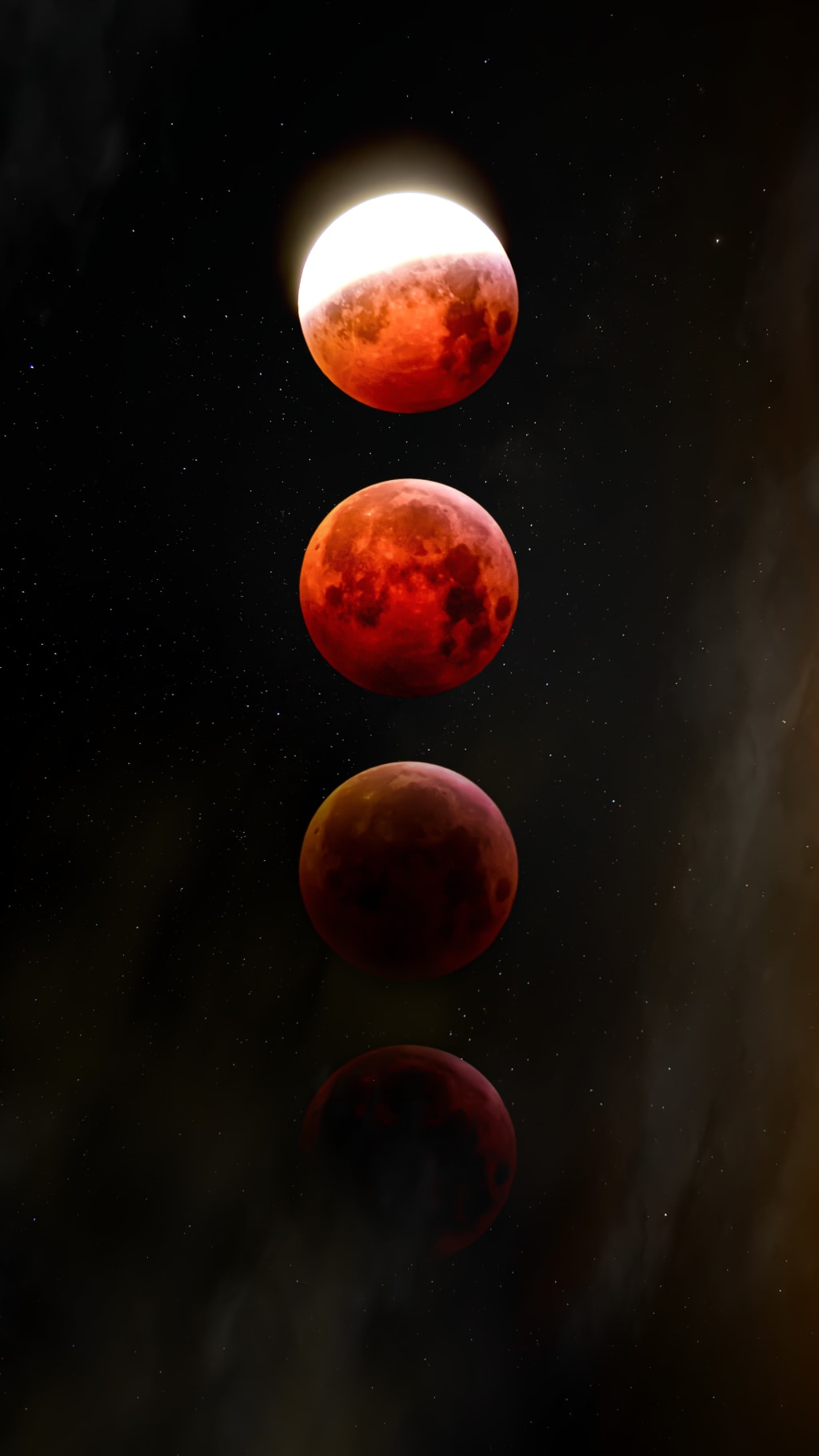If life existed on Venus, what would life forms look like? This is not a ridiculous idea (below)
Venus has life

1. Venus may be like Bespin in Star Wars, but for microbes.
One of the latest hypotheses about potential life on Venus is that it may have evolved to live in Earth's clouds. Part of the reason for this theory is that scientists believe that the large amounts of ammonia detected on Earth are likely of biological origin. What's more, such life forms are likely to be something similar to bacteria. The rationale is that, given what we currently know about Venus' chemistry, ammonia should not really be present on Venus, at least in the quantities detected, and its presence can only be explained by the presence of certain biological processes.
However, it's also important to note that we can't be completely sure if ammonia is present, but it appears to be. It would be very interesting if true, as many alien biologists previously thought Earth was too hot for any life form to actually survive today.
The team that came up with this hypothesis brought together experts in the field from various institutions around the world, including Cardiff University in Wales, MIT and the University of Cambridge. They built a special computer model designed to determine whether chemical reactions in the atmosphere could potentially neutralize large amounts of sulfuric acid if other chemicals, such as ammonia, were present.
The idea is that if this does happen, the relative acidity of the clouds could drop significantly. While the resulting pH is still relatively high, in their view, it may be tolerable for some types of life forms.
If the new model is correct, it means bacteria-like microbes can survive in higher atmospheres, and would overturn decades of theories that it was likely formed by lightning and volcanic eruptions.
2. Life on Venus may use ultraviolet light as fuel.
Aside from being primarily found in clouds, it is speculated that any life form on Venus would use ultraviolet light for energy. This hypothesis stems from the presence of so-called "unknown UV absorbers" in the Venusian atmosphere.
These "unknown UV absorbers" are dark patches of Venus' atmosphere, first proposed by the late Carl Sagan in the 1960s.
Recent research on Venus also supports the existence of these UV-free regions on the surface of Venus. In fact, these UV absorptions have been shown to be long-term and also affect Venus' overall albedo, which in turn affects Venus' weather. But whether these dark areas are the result of microbes absorbing ultraviolet light for fuel, a byproduct of life in the upper atmosphere, or for other reasons unrelated to life, remains unclear.
A 2021 study shows that the "unknown UV absorber" band is very similar to so-called "red oil". This is a known substance consisting of a mixture of organic materials dissolved in concentrated sulfuric acid.
3. A LIFE FORM NOT AS WE KNOW!
Scientists speculate that if life could exist on Venus, it wouldn't be like anything on Earth. Most life on Earth is more or less water-based, but that's not possible on Venus.
This is because liquid water is unlikely to exist on Venus. While life forms on Earth can live in some very arid conditions, the water scarcity on Venus is too much for any kind of water-based life we know of.
Other commonalities of microbes on Earth, such as cell structure, may not be possible on Venus. That's because hydrocarbons, which make up things like cell membranes, are very unstable under superacid conditions, such as those in the clouds of Venus.
This is obviously a very significant problem for any potential terrestrial microbes on Venus.
To address this very serious problem, it has been proposed that Venusian life may consist of the self-replicating molecular components of the aforementioned "red oil". Conceivably, these components act in a similar way to hydrocarbons on Earth, providing a pathway for the development of a certain type of single-celled organism.
Of course, this is all purely academic at the moment, but future missions to Venus could reveal just how accurate these theories are.
4. Venusians may have had a very strange life cycle!
If life does exist, it might also have a very strange life cycle compared to life as we know it. Microbial life on Venus may have a two-stage life cycle, according to a 2020 study on this topic alone.
One hypothesis: Microbes on Venus may spend the "active" part of their life cycle as droplets in the Venusian cloud to avoid a fatal loss of liquid, no matter what. Over time, these droplets may grow and begin to sink under the influence of gravity within the cloud column.
As they descend, the temperature gradually increases. The water droplets dry, shrink, and are carried back into the cloud's habitable zone, starting the process all over again, though this is not widely accepted.
Additionally, other studies speculate that the two-stage life cycle may not actually be necessary. A particular study hypothesizes that any life form in Venus' clouds may have evolved to be "extremely dark." This means they are able to absorb as much solar energy as is reasonably practicable, allowing them to stay aloft in the clouds using the thermal uplift that the microbes themselves effectively generate.
5. If anything lives on the surface, we might not even recognize it as life!
So far we've only considered life forms that can live in the clouds of Venus, but what about the surface? Most theories about life on Venus use life on Earth as a measure. Are there limitations?
After all, if we rule out this possibility entirely, we're unlikely to even bother to look for it.
On Earth, more and more extreme life forms are being discovered all the time, and in the most unlikely places. Take the microorganism Geogemma barossii, for example. This hardy microbe is able to survive in some of the world's deepest zinc and copper mines in Canada. Their living place is 2407 meters underground, polluted by a large amount of heavy metals, and the temperature exceeds 121 degrees Celsius.
At these temperatures, most life forms would boil and their constituent organic molecules would begin to break down. But the organisms found there are not only able to tolerate these conditions, but appear to thrive, "breathing" sulfur compounds and "eating" minerals like pyrite.
Furthermore, they are not the most extreme life forms on Earth. Other microbes have been found deep in the Mariana Trench in the Pacific Ocean, amazing creatures that can withstand the crushing pressure of the water six miles above them, and they seem to be limited only by rising temperatures.
In most of these extreme cases, organisms have to adapt as much as possible, and a common theme is their relatively slow metabolism. In some cases it was so slow that it almost came to a standstill. For a place like Venus, whether in the clouds or on the surface, the metabolism of Venusian lifeforms may seem almost non-existent.
6. The poles may be the main place where Venusians live!
Venus' high-altitude clouds may not be the only places on Venus where life might exist. While the average surface temperature of Venus is very high relative to Earth, some parts may be cold enough for life to survive. Back in 2016, some researchers were surprised to find that Venus' poles are much cooler than previously thought -- very, very cold, actually.
The average temperature of the atmosphere above Venus' poles is -159 degrees Celsius, or 203 degrees Celsius cooler than predicted, according to data from the European Space Agency's (ESA) Venus Express spacecraft. Atmospheric density is also very low: at 130 km and 140 km, the density is 22% and 40% lower than predicted, respectively. At 180 kilometers, the atmosphere is half as dense as we thought.
As it happens, we find in the coldest part of the Earth's Arctic a bacterium called halophilic halophilic bacteria, along with 200 other species, that all seem to be able to live fairly comfortably in conditions around -25 degrees Celsius. These temperatures are similar to those on Mars, but are actually tropical compared to the estimated temperatures at the poles of Venus. For reference, the absolute minimum temperature at which single-celled life on Earth can survive is about -20 degrees Celsius. Below this, single-celled organisms dehydrate, causing them to enter a vitrified state, during which they cannot reproduce.
So could there be some strange psychrophilic life forms in Venus' cold poles? For now, we can only really speculate.
About the Creator
sayre laylah
Tired of monotonous climbing moves, but every step is close to the top
Enjoyed the story? Support the Creator.
Subscribe for free to receive all their stories in your feed. You could also pledge your support or give them a one-off tip, letting them know you appreciate their work.






Comments
There are no comments for this story
Be the first to respond and start the conversation.